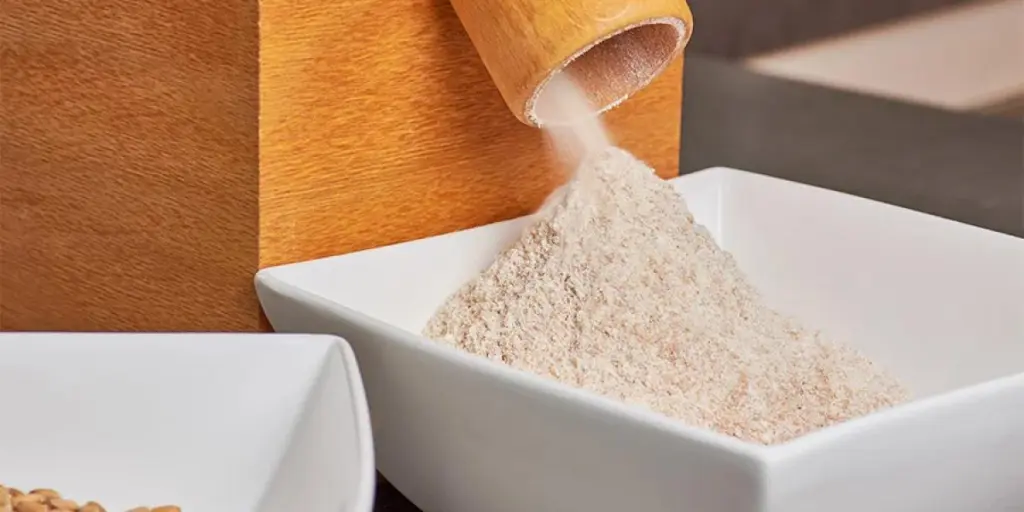The global growth rate is rising rapidly every year. According to the United Nations, the world population will be 8 billion by November 2022. Feeding this population will require industries that produce sufficient food, and those industries need food-making machinery to help automate the process and yield more profit. This guide explores what to consider before buying food machinery and some of the most common machines.
Table of Contents
Oil press
Flour mill
Packing machine
Snacking machine
Tortilla-making machine
Final thoughts
Oil press
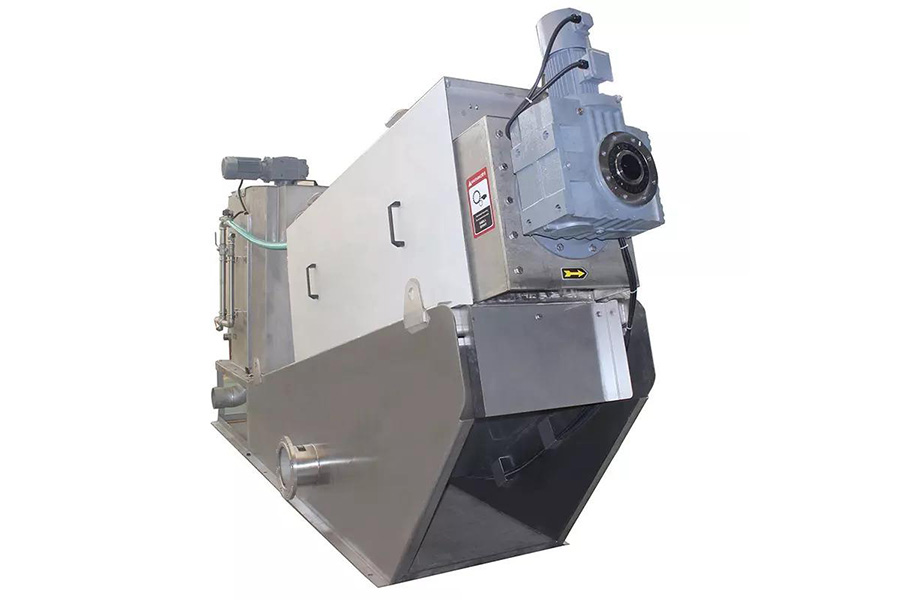
Factors to consider when choosing an oil press
Material
Oil presses extract oil from a variety of materials. Some of them are castor beans, groundnuts, sesame, soybean, sunflower seeds, corn, coconut, palm, or cotton. Businesses should first determine which materials they will be extracting oil from before they embark on selecting a machine. No machine can extract oil from all of the different materials. For example, the YZS-70 integrated oil press would be suitable for extracting oil from sesame seeds.
Capacity
Businesses can produce different capacities of oil depending on the machine acquired. For average oil production, it would be better to purchase the screw oil press with capacities ranging from 0.8 TPD to 20 TPD. However, businesses that want to produce between 15 TPD and 30 TPD are recommended to purchase an integrated oil press.
Quality
Before acquiring an oil press, businesses must ensure that the machine is of good quality. One check is that the painting should be even to allow the machine’s smooth operation. In addition, they should ensure that all spare parts belonging to the machine are included and that no part appears damaged. It is also recommended to conduct a test run before purchasing.
Price
Businesses should not purchase oil press machines beyond their budget. However, they should also consider the quality of the machine. The price of a cold press oil machine, which can extract oil from sesame seeds, is $6,000. An industrial-size oil extraction machine, on the other hand, costs $70,000. The big capacity cold coconut oil press machine costs $1,300.
Flour mill
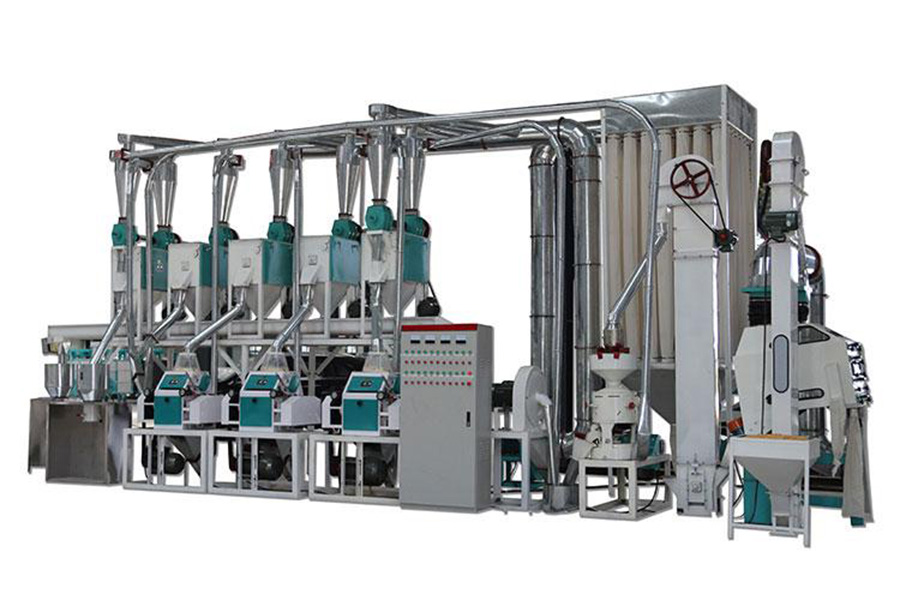
Factors to consider when choosing a flour mill
Source of power
There are two sources of power that flour mills use—electricity and fuel. Fuel-powered mills are fitted with diesel engines that mill the grains and use manual labor to start the engine. If the business is situated in places with many power outages, it should acquire a fuel-powered flour mill. The push of a button starts electric-powered mills, which have high electricity consumption.
Milling mechanism
Two main milling mechanisms are used, namely, impact and burr grinding. Burr grinding uses two plates, one fixed and one rotated. Grains are fed into the gap between the grooved plates, and the grain is sheared and crushed. Impact mills will use two stainless steel heads with a row of teeth spinning at high speed. The grains are hammered once they drop into the teeth making fine flour.
Heat produced
Milling machines produce heat as they are milling. When the temperature of the flour is raised, it could damage its nutrients. Therefore, before packaging, the flour should be allowed to cool down. The maximum tolerable temperature is between 440 and 460. Temperature above 500 will damage gluten, while 750 will destroy all nutrients.
Packing machine
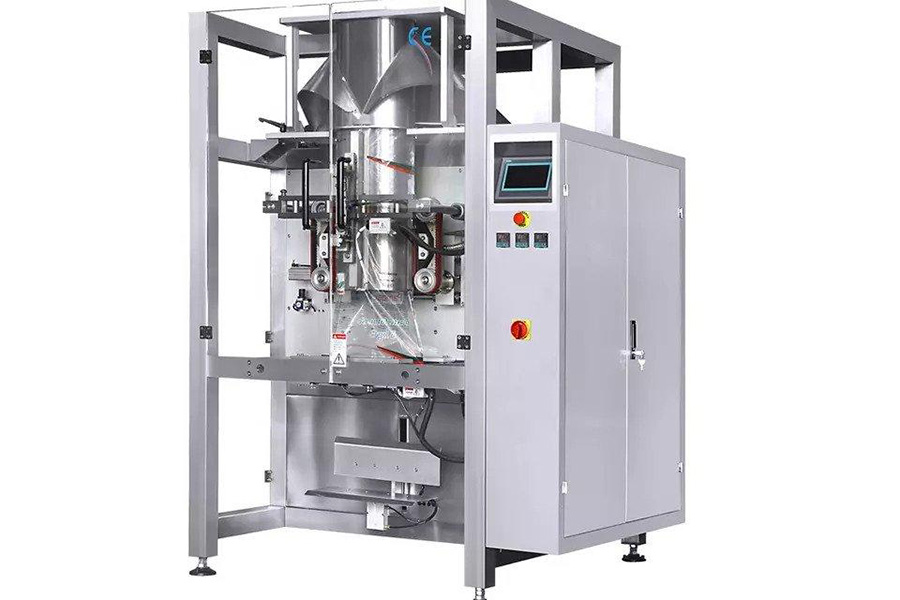
Factors to consider when choosing a packing machine
Employee training
With the rapid change in technology and complexity of the packaging machines, businesses need to consider training their employees on how to run them. The quality of staff training will impact the quality of work done by the machine and its maintenance. Besides this, employee training will ensure the health and safety of the employees while operating the machine.
Cost
The cost of a packaging machine includes purchasing, operation, and maintenance costs. The cost varies depending on the features and complexities of the machine. Higher prices could guarantee more efficiency for the machine. However, smaller-sized businesses would instead opt for a cheaper machine that packages enough products according to their clientele rather than an expensive and very efficient machine that packages beyond the orders they receive.
Environmental impact
Environmental impact is an essential consideration for businesses because it promotes the conservation of the environment. It means that the machine should minimize the wastage of packaging material. This is done by ensuring environmentally friendly materials are used and that the machine cuts the exact amount of tape or film. Businesses could also opt for newer machines as older ones consume more energy.
Packaging size and capacity
Packing machines come in different sizes depending on the product and the volume or weight it should be packaged in. Therefore businesses should consider the size they will prefer to pack. For some, it would be in 25g, 50g, and 100g packets. Others may opt for packages of ¼ inches based on the product.
Material
When selecting the packaging material to use, it is also important to consider what material the packaging machine is made of. Stainless steel is not corrosive and works well with many materials. It is durable, strong, and withstands high-pressure cleaning, dust, humidity, and liquids. Aluminum is also a good material for making packaging machinery because it is light and strong. Plastic, pouches, plastic paper, glass bottles, and steel are some materials that can be used to package different materials depending on what a business wants to package.
Snacking machine
Snacking machines include candy machines, coffee machines, and chocolate machines.
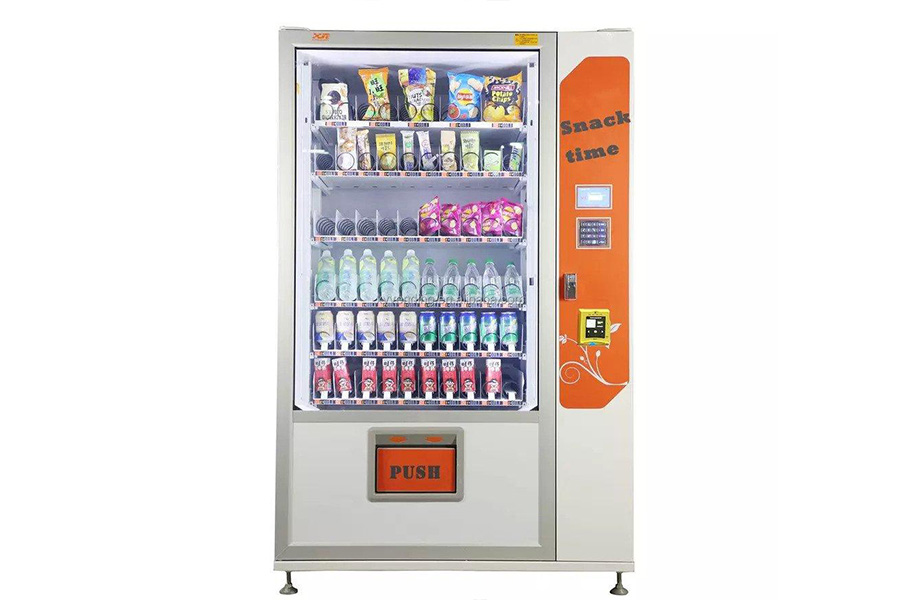
Factors to consider when choosing a snacking machine
Maintenance and cleaning
Vending machines require a certain amount of care. Proper care ensures the productivity and longevity of the machine. Places to be looked at include the coin unit, the refrigeration decks, and the drink/snack mechanism. If it is a coffee machine, it would require daily maintenance, which includes removing any product build-up left in the previous day and cleaning the bowl.
Refreshments/ingredients
Before putting up a snacking machine, consulting with the clientele on what they would prefer is a reasonable consideration. It will help the business determine the ingredients/refreshments required to set up the machine.
Cashless transactions
It would be recommended that businesses incorporate a cashless means of payment. It would help accommodate clients who prefer to pay with debit/credit cards. According to USA and TSYS Technologies, 77% of transactions are made through debit and credit cards. Means of payment should also be easy to use while maintaining data integrity.
Capacity
Vending machines can display different snacks at a go. Most of them can display between 40 – 60 different items at a go. The capacity for such a machine is around 617 items. Other vending machines will hold 474 snacks at a go. Businesses that need vending machines should know the number of snacks they want to display before making a purchase.
Snack types
Vending machines can hold snacks such as snicker bars, pretzels, and granola bars. They can also hold drinks such as water, cold coffee, seltzer, lemonade, soda, and many others. A business should therefore know which snacks or beverages to dispense before acquiring a vending machine.
Tortilla-making machine
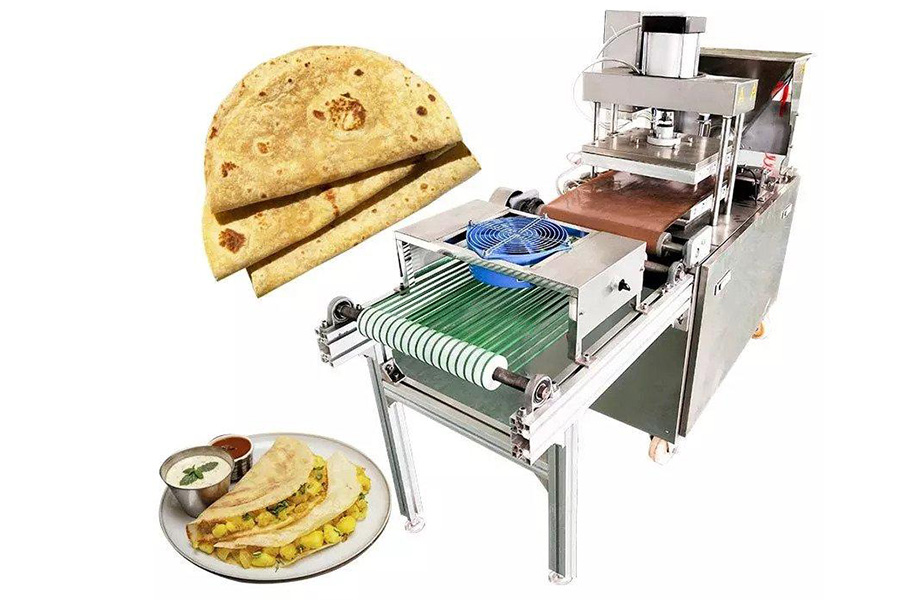
Factors to consider when choosing a tortilla-making machine
Coating
It is recommended that businesses select tortilla machines/presses that have a silver coating. The silver coating protects the machine from rusting. Besides this, the powder coating is smoother than the silver coating. It, however, does not flake like the silver coating. Lastly, some presses do not have a coating at all. These presses should not be soaked in water and always be stored dry to avoid rusting.
Size
The tortilla size mostly ranges from 6 inches to 8 inches, but some are as large as 10 inches. Businesses should choose a machine based on their tortilla size requirements and needs.
Type of tortilla press
Cast iron tortilla presses are very common. They are more sturdy than the aluminum type and less bulky than the wooden tortilla press. The aluminum tortilla press is similar to the cast iron except that it is more lightweight. The electric tortilla press can press the dough and also cook the tortilla at once. It is more efficient and time-saving compared to aluminum and cast iron presses.
Final thoughts
The benefit of getting the right equipment for a food factory is that the factory is more likely to make a profit. This guide has explained how to ensure that suitable and good-quality machines are selected. Besides this, Alibaba.com contains a list of the various food-making machines mentioned.
